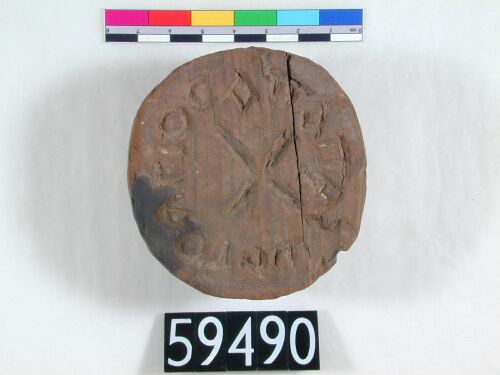| Homepage | Timeline | Maps | A-Z index | Learning |
Christianity in Egypt: Saint Pachom
Pachom was born as son of non-Christian parents shortly before AD 300 near Esna in Upper Egypt. He became a recruit in the Roman army and met Christians there for the first time. After leaving the army he was baptised in Khenoboskion and became follower of the hermit Palamon. After AD 320 he founded a hermitage in the ruined settlement Tabennese, following a vision; this became one of the first monasteries. On the rules of this and other monasteries we are well informed through letters and other written sources. Pachom died of plague in spring AD 346.
Before becoming a monk the abbot had to be asked. Slaves could not became monks. The neophyte had to leave his parents, and to leave behind all belongings. After a test he was informed about the rules of the monastery and he received special clothes. The rules contained regulations about the condition of the cells, praying, the food, the work etc. Always 40 monks worked together and lived in one house, where each monk had its own cell. Thirty to forty houses were considered to constitute a monastery. When the first monastery, at Tabennese, was considered full, a second monastery was founded. Later several other monasteries were founded, including two convents for nuns. The inhabitants of all these monasteries lived and worked under the same rule. They formed the first order.
Wood circular stamp seal, rough block handle, underside inscribed in Coptic 'o agios apa Pakhomi' (Saint father Pakhom) with central motif of cross.
